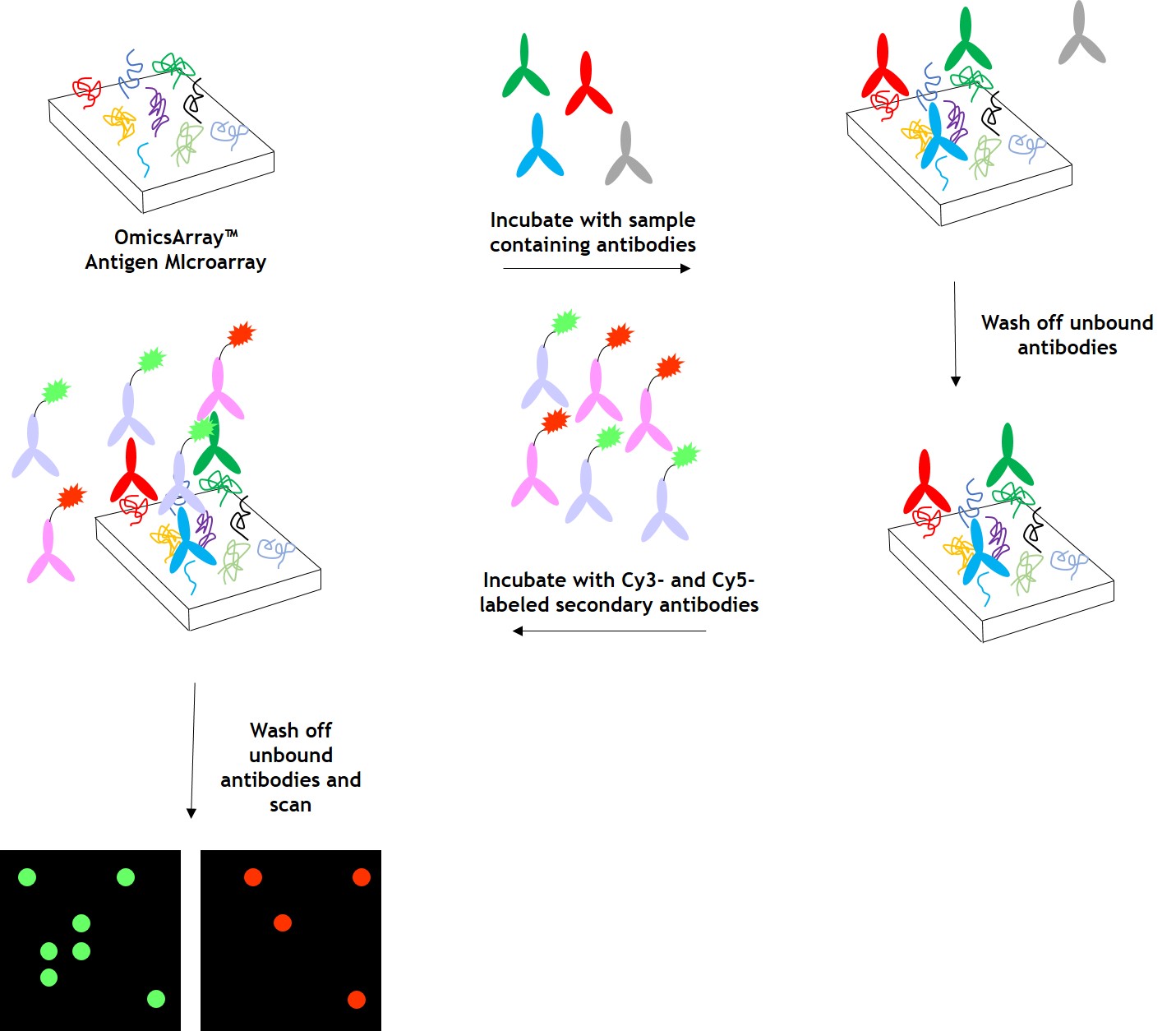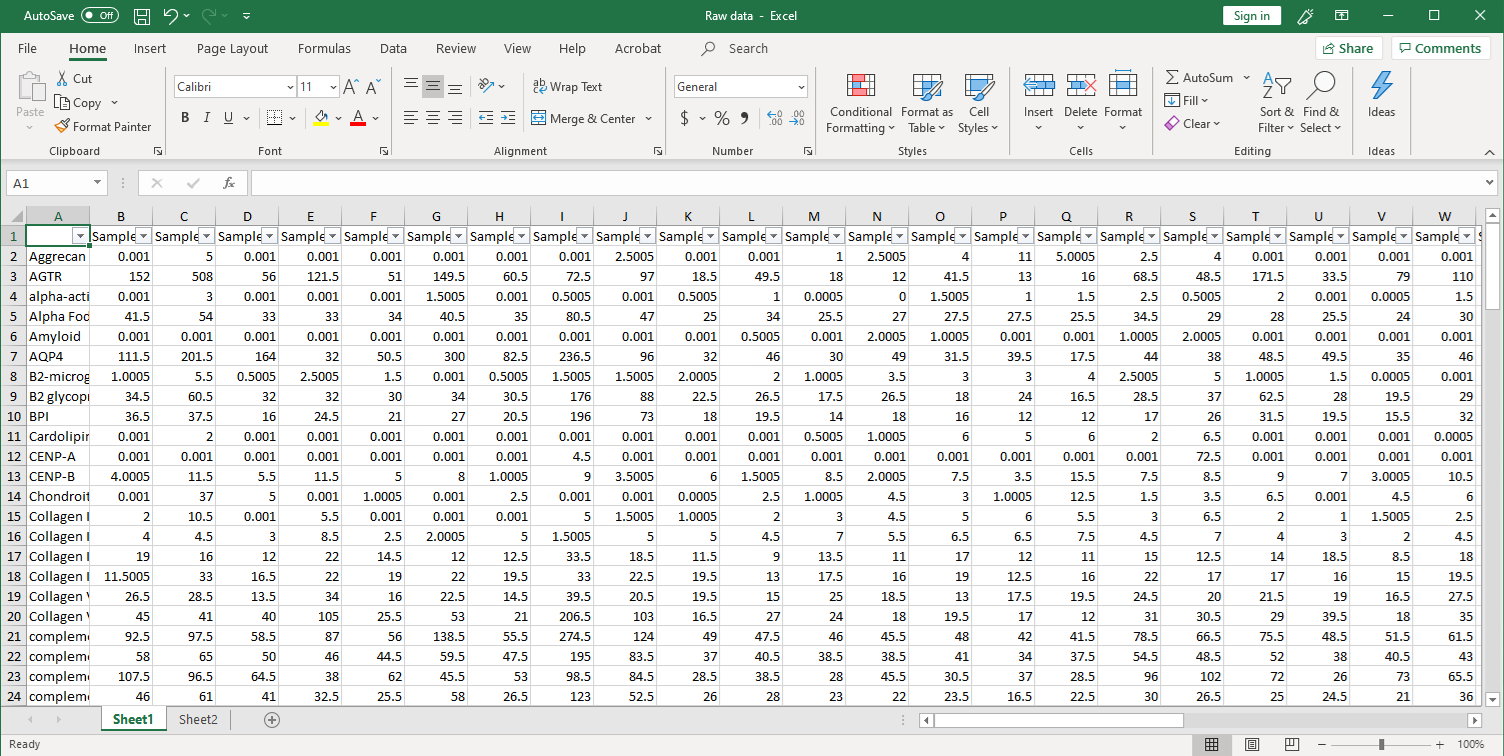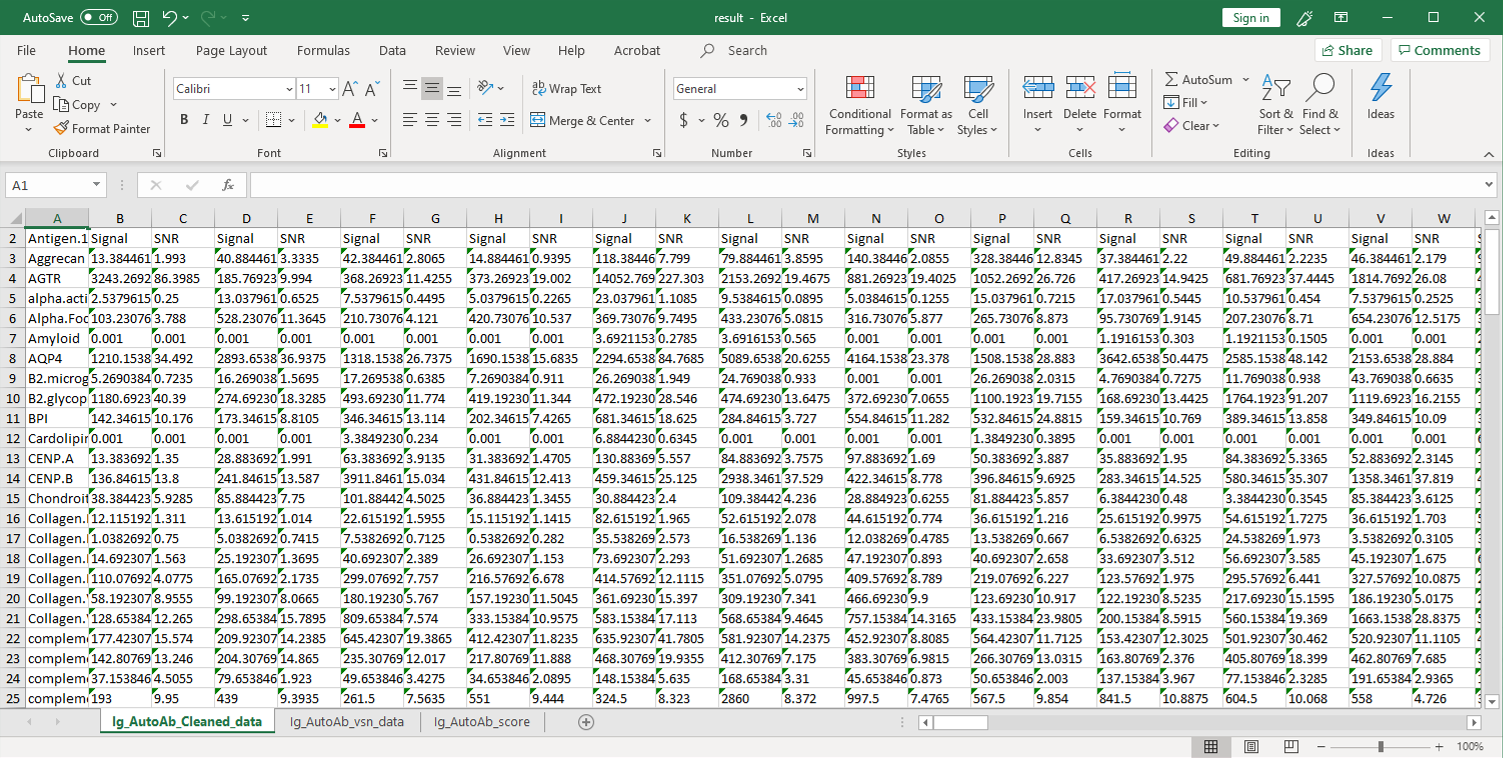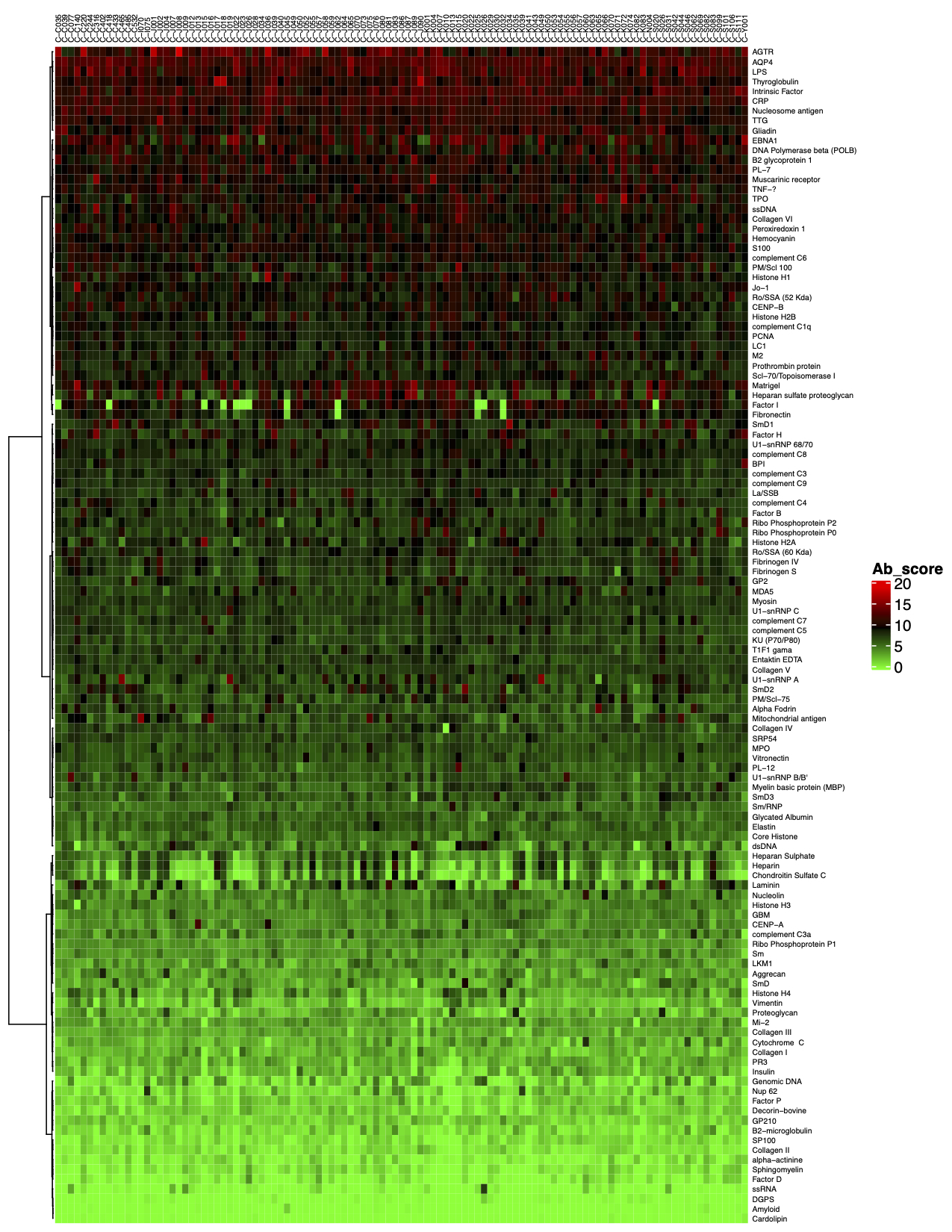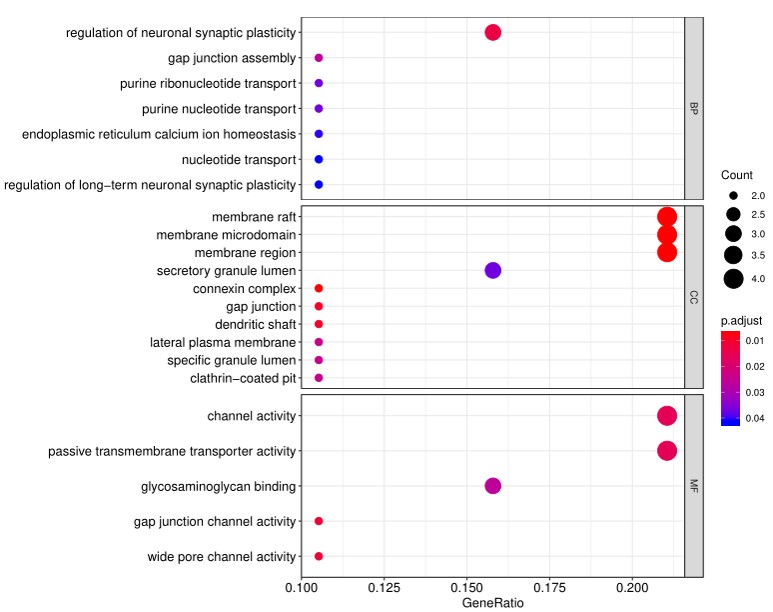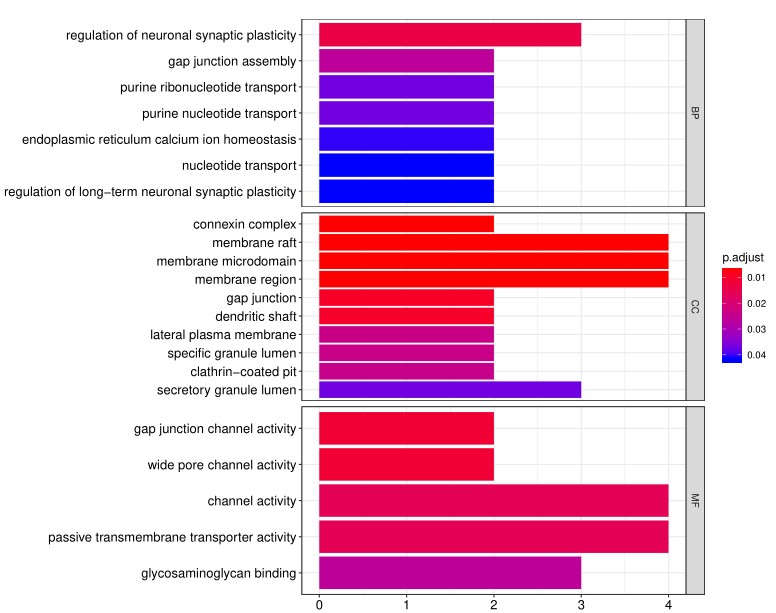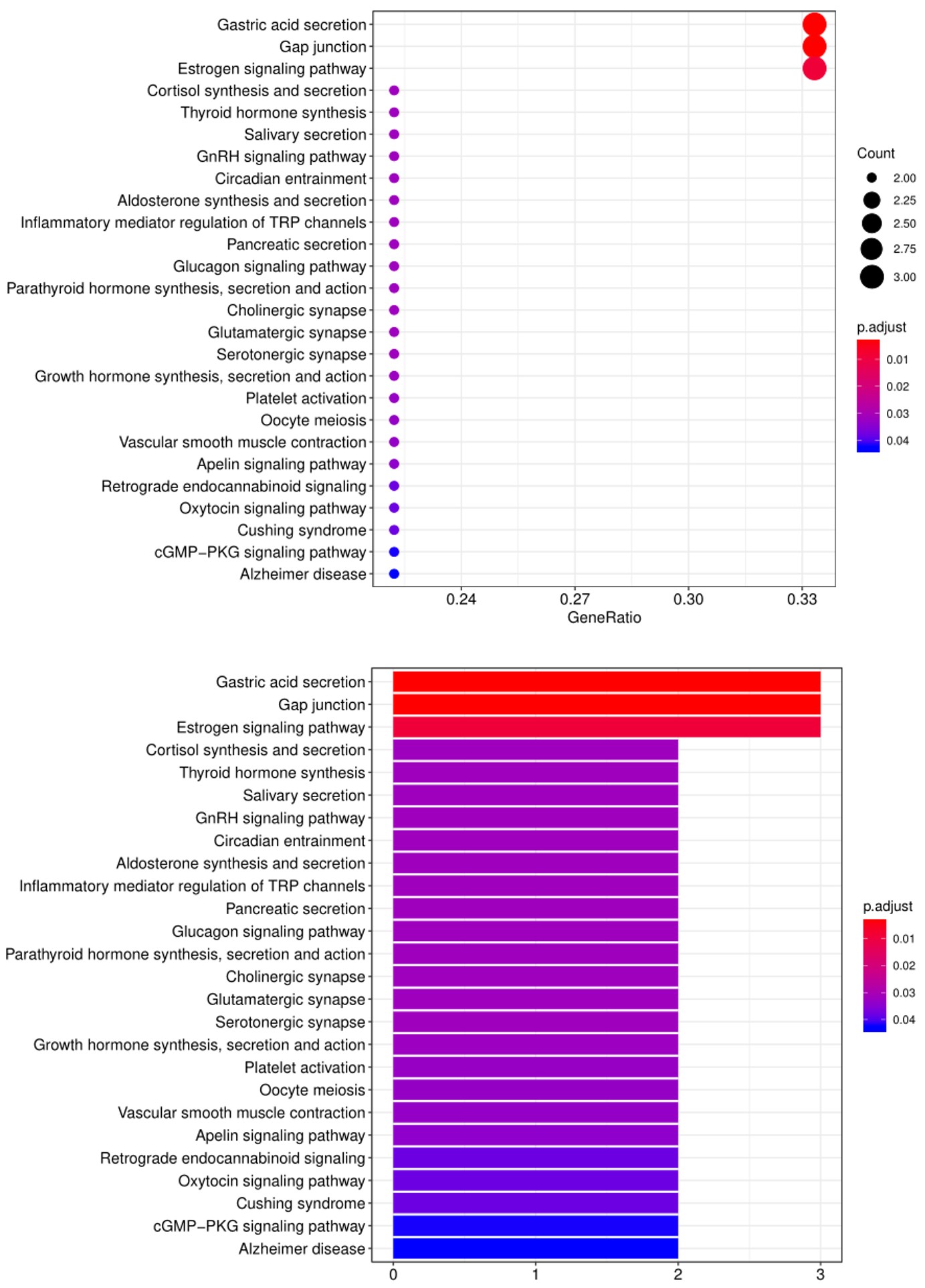GeneCopoeia’s OmicsArray™ Ganglioside and Phospholipid Antigen Microarray carries 21 antigens that can detect autoantibodies in human or other animal samples. These autoantibodies are associated primarily with neurological autoimmune diseases, including Guillain-Barre syndrom, Myelitis, Brown-Sequard Syndrome, and Miller-Fisher syndrome.
These antigens, which are non-proteinaceous, are hydrophobic and are specialy treated to mantain their appopriate 3 dimensional structures when applied to a nitrocellulose membrqane.
This array has several important featiures, as follows:
- Largest collection of ganglioside and phospholipid antigens.
- Antigens are spotted to preserve their natural conformations.
- Each antigen is spotted in 3 concentrations, each in duplcate (6 spots per antigen).
- Wide application for autoimmune disorders such as neurological diseases, anti-phospholipid syndrome (APS) and others.
In addition to this premade array, arrays containing customized sets of antigens are available, as well as array profiling services and data analysis. To order premade or custom arrays, please contact us.
GeneCopoeia’s OmicsArray™ Ganglioside and Phospholipid Antigen Array is part of the GeneCopoeia OmicsArray™ Antigen Microarray family.
References
- Gregson NA, Pytharas M, Leibowitz S (1977). “The reactivity of anti-ganglioside antiserum with isolated cerebellar cells“. Biochem. Soc. Trans. 5 (1): 174–5.
- Willison HJ, O’Hanlon G, Paterson G, et al. (1997). “Mechanisms of action of anti-GM1 and anti-GQ1b ganglioside antibodies in Guillain–Barré syndrome“. J. Infect. Dis. 176 Suppl 2: S144–9.
- Ho TW, Willison HJ, Nachamkin I, et al. (1999). “Anti-GD1a antibody is associated with axonal but not demyelinating forms of Guillain–Barré syndrome“. Ann. Neurol. 45 (2): 168–73.
- Ang CW, Yuki N, Jacobs BC, et al. (1999). “Rapidly progressive, predominantly motor Guillain–Barré syndrome with anti-GalNAc-GD1a antibodies“. Neurology. 53 (9): 2122–7.
- Chapman J, Sela BA, Wertman E, Michaelson DM (1988). “Antibodies to ganglioside GM1 in patients with Alzheimer’s disease“. Neurosci. Lett. 86 (2): 235–40.
- Gregson NA, Koblar S, Hughes RA (1993). “Antibodies to gangliosides in Guillain–Barré syndrome: specificity and relationship to clinical features“. Q. J. Med. 86 (2): 111–7.
- Irie S, Saito T, Kanazawa N, et al. (1997). “Relationships between anti-ganglioside antibodies and clinical characteristics of Guillain–Barré syndrome“. Intern. Med. 36 (9): 607–12.
- Bansal AS, Abdul-Karim B, Malik RA, et al. (1994). “IgM ganglioside GM1 antibodies in patients with autoimmune disease or neuropathy, and controls“. J. Clin. Pathol. 47 (4): 300–2.
- Salih AM, Nixon NB, Gagan RM, et al. (1996). “Anti-ganglioside antibodies in patients with rheumatoid arthritis complicated by peripheral neuropathy“. Br. J. Rheumatol. 35 (8): 725–31.
- García Guijo C, García-Merino A, Rubio G (1995). “Presence and isotype of anti-ganglioside antibodies in healthy persons, motor neuron disease, peripheral neuropathy, and other diseases of the nervous system“. J. Neuroimmunol. 56 (1): 27–33.
- O’Hanlon GM, Plomp JJ, Chakrabarti M, et al. (2001). “Anti-GQ1b ganglioside antibodies mediate complement-dependent destruction of the motor nerve terminal“. Brain. 124 (Pt 5): 893–906.
- Sinha S, Prasad KN, Jain D, Pandey CM, Jha S, Pradhan S (2007). “Preceding infections and anti-ganglioside antibodies in patients with Guillain–Barré syndrome: a single centre prospective case-control study“. Clin. Microbiol. Infect. 13 (3): 334–7.
- Yuki N, Handa S, Tai T, et al. (1995). “Ganglioside-like epitopes of lipopolysaccharides from Campylobacter jejuni (PEN 19) in three isolates from patients with Guillain–Barré syndrome“. J. Neurol. Sci. 130 (1): 112–6.
- Rees JH, Gregson NA, Hughes RA (1995). “Anti-ganglioside GM1 antibodies in Guillain–Barré syndrome and their relationship to Campylobacter jejuni infection“. Ann. Neurol. 38 (5): 809–16.
- Volta U, De Giorgio R, Granito A, et al. (2006). “Anti-ganglioside antibodies in coeliac disease with neurological disorders“. Digestive and Liver Disease. 38 (3): 183–7.
- Alaedini A, Latov N (2006). “Transglutaminase-independent binding of gliadin to intestinal brush border membrane and GM1 ganglioside“. J. Neuroimmunol. 177 (1–2): 167–72.
- Mathiesen T, von Holst H, Fredrikson S, et al. (1989). “Total, anti-viral, and anti-myelin IgG subclass reactivity in inflammatory diseases of the central nervous system“. J. Neurol. 236 (4): 238–42.
- McCombe PA, Wilson R, Prentice RL (1992). “Anti-ganglioside antibodies in peripheral neuropathy“. Clinical and Experimental Neurology. 29: 182–8.
- Willison HJ, Chancellor AM, Paterson G, et al. (1993). “Antiglycolipid antibodies, immunoglobulins and paraproteins in motor neuron disease: a population based case-control study“. J. Neurol. Sci. 114 (2): 209–15.
Return to the main OmicsArray™ Antigen Microarray page
- Largest collection of pre-made whole-protein antigen microarrays on the market.
- Largest number of whole-protein antigens specifically focused on autoimmune diseae research.
- Best combination of number of antigens per array (up to 120) with number of samples that can be processed per slide (up to 15).
OmicsArray™ premade antigen microarrays
For pricing, please inquire.
In addition to premade arrays, arrays containing customized sets of antigens are available, as well as array processing kits, array profiling services and data analysis.Antigen microarray processing kits
Custom services
GeneCopoeia offers custom antigen microarray services in the following areas:- Custom array printing. GeneCopoeia will create custom antigen microarrays built to your specifications.
- Sample processing. Send us your blood, plasma, tissue, or other biological sample and we will prepare it for processing and incubation with any of our premade antigen microarrays or custom-built antigen microarrays for autoantibody profiling and other applications. For information on sample types to submit, consult the FAQ
- Data analysis. Once samples are processed and incubated with an antigen microarray, we will analyze the raw data. The standard analysis service includes: 1) An Excel file of the Net Signal Intensity (NSI) for each antigen on the array, normalized to internal controls; and 2) a heat map

